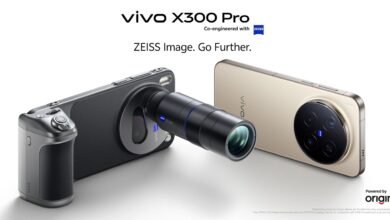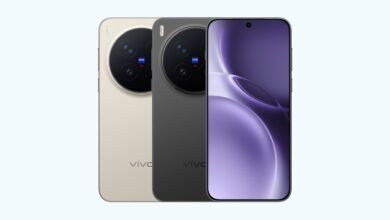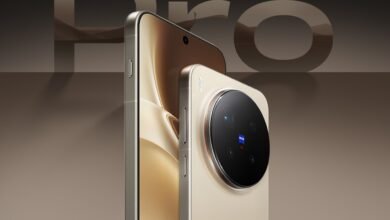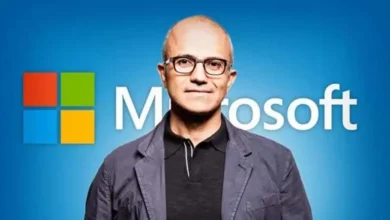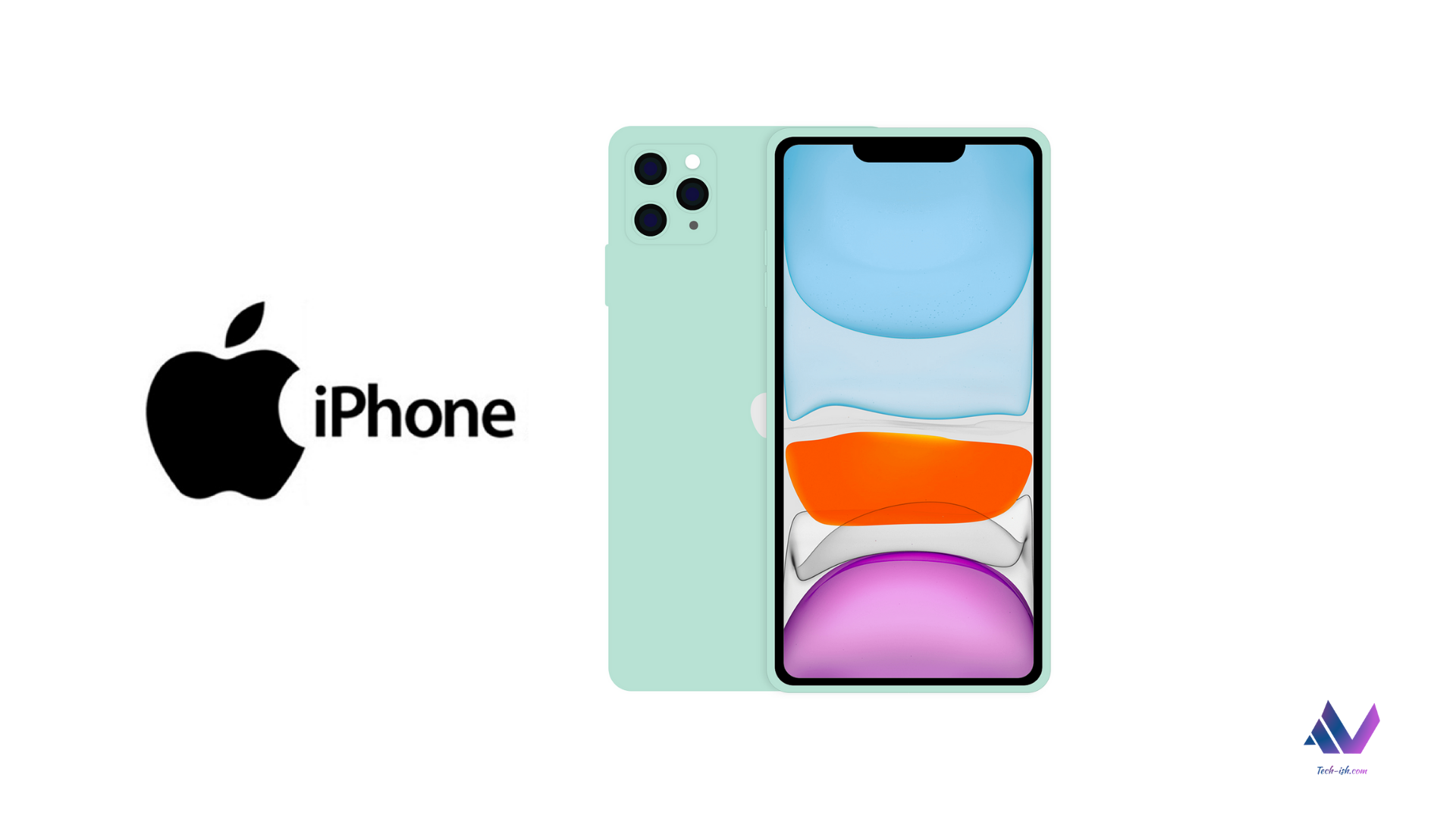
Apple will tomorrow, October 13th 2020, be announcing their new iPhones. Leaks suggest that this time, there will be four new devices. Two iPhone 12’s and two iPhone 12 Pros. These are expected to be the first iPhones supporting 5G, and though leaks suggest the design hasn’t changed since the iPhone X, we know for a fact that the event tomorrow will be one of the most-streamed tech events this year, and that the new series will definitely be one of the most bought tech products through the year 2021. Also, the new iPhones that will be launched tomorrow will still be receiving software updates and support through 2025.
Unless something changes, no Android phone launched this year will be receiving official support and updates in the year 2025. The best a few Android companies can do is 3 years. But most of them only officially support their devices through two years. Samsung has recently promised three years for its flagships, but we wait to see how fast these updates will be arriving.
To justify the lack of updates, or to console yourselves, I know some of you already have the following arguments around yearly updates:
- “I’ll just buy a new phone in two years”
- “Who cares, in 5 years my device will be so slow to get updates”
- “Updates are not important for Android as the OS is well developed”
- “Apple devices are very expensive, so they better be updated for long”
It is true that Apple devices are expensive. But in 2020, one can say the same for most phone manufactures including Huawei and Samsung. It is also true that in 5 years devices can feel too old to use. The statement that Android is pretty well developed and that a device will still be okay 5 years later without huge updates is also true. However, there are a couple of reasons why I feel all phones should get at least 5 years of updates:
- E-waste – If everyone on earth used and abandoned a device every two years, imagine where we would be in a decade. (Anyway, that’s where we are headed.)
- Minor upgrades – We really don’t need a new phone every year because if you compare a 2018 flagship and a 2020 one, there’s really so little you’re actually upgrading for.
An iPhone 6s launched in 2015 this year received Apple’s latest iOS 14. With iOS 15 coming out in 2021, that means the iPhone 6s has enjoyed 6 years of updates before Apple decides to end support. Meaning a customer who paid $650 in 2015 has gotten back so much value – whether through use or through re-selling of their device through this time. There’s no current Android equivalent to this. And I have two reasons why:
Total Control:

This is not the main reason, but it is the strong point that enables Apple to update its devices for long. Apple makes both the chip, the operating system, and the hardware of its phones. Meaning, the company can customise everything to run smoothly over long periods of time and updates. Apple knows both the limitations and strong points of its devices from the chips, to the displays, to the batteries. And over time, they know how to fine-tune the devices so as to offer good performance over time. They even claimed to knowingly slow down older iPhones, after the fiasco, so as to reduce the stress on the Lithium-ion batteries so as to make them last longer.
This is level of control is something not even Google can boast of. For example with their Pixel lineup, the company only controls the software and some parts of the hardware. The chip is from Qualcomm – who make the chips for every willing buyer. Google also simply doesn’t know how to make and sell phones, no wonder they’re constantly making weird devices.
Samsung on the other hand makes both the chips on some of their devices, the rest of the hardware, and even customises the software on their devices with One UI. But they don’t own the OS completely. They also make so many devices, they can’t possibly update all of them, and ensure each runs smoothly.
While one could argue that most Android companies can actually take their time to update all their devices regularly over long periods of time, and Google has done a lot with Android to ensure this happens, there’s just no incentive for these companies to do so. Which brings us to the second reason.
Services:

This is the main reason Apple will update an iPhone for years. Apple makes tons of money selling services to its users. These services include both their own products like Apple Music, Apple TV, News, and much more, but also something as simple as the App Store where Apple continues to demand fees from developers, and percentage cuts from purchases.
An Apple customer will spend tons of money on these services throughout the lifetime of their iPhone. As long as Apple keeps the device running, the customer will definitely try out something – maybe Apple Music, or maybe buy an app, or game, or use Apple Pay, or whatever. From all these transactions, Apple will get its cut, and its a lot of money.
Though a couple of Android manufactures have tried to replicate this sort of thing with their devices, the fact that they use Android means Google already has control over them. Take for example the NOTE 20 Ultra from Samsung. With its specs, it could easily be updated to 2025. But it won’t. Because while Samsung has Samsung Pay, most users will probably use Google Pay. While Samsung has its own store called the Galaxy Store, most users will use the Play Store. So Samsung won’t be making as much money from a customer using its device as Apple will be.
Remember, it is only last year that Netflix stopped paying Apple close to $700,000 a day for iPhone users who were paying for a subscription to the streaming platform. And this is something Apple still enjoys from very many developers. Meanwhile, Samsung and many other Android phone makers will only be making money the minute you buy the phone, and they’re done. The rest of the times you spend money on Apps, or services, or anything, you will be giving this money either directly to the app makers or to Google. Not to Samsung, or Huawei, or Xiaomi. So these manufacturers better sell you a new phone as soon as possible.
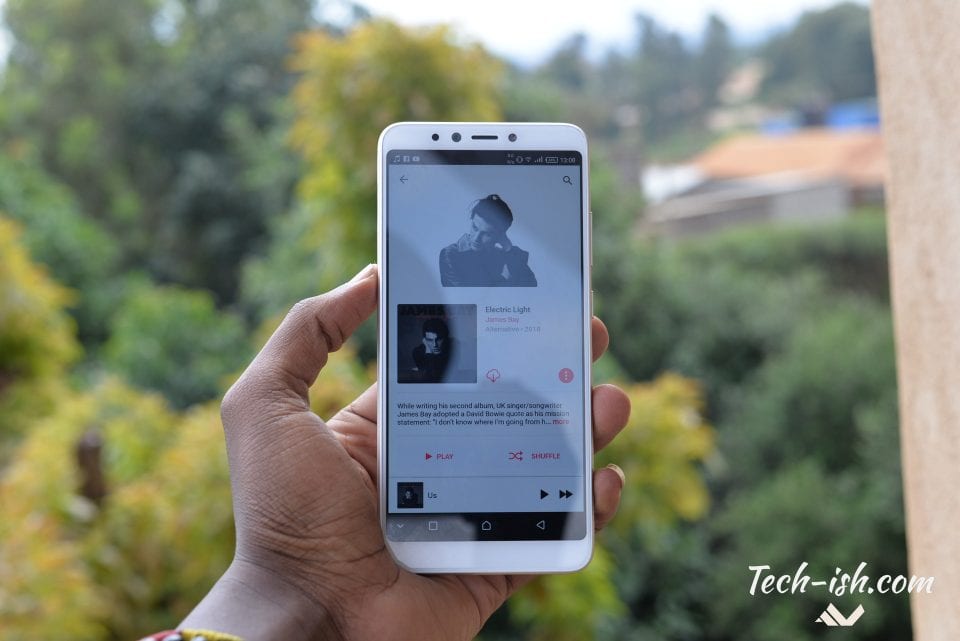
Ideally, Android companies could compete by increasing the markup of their devices so as to make as much profit as possible during the initial sale of the device. This is also something Apple already does. A $1000 iPhone probably costs Apple just $500 to make. I think only a few companies like Samsung and Huawei have tried this sort of thing, but only with their very high-end flagships. However, in the mid-range to the low-end sector, any company that tries to increase their markup loses customers thanks to the very stiff competition. That’s why many Android companies will try and sell very many devices at small profit margins to try and make lots of cash. But since this doesn’t really work, they will – as we’ve seen with Transsion, Xiaomi, and BBK electronics – go ahead and include stuff like in-app ads, sponsored bloatware etc. in their devices to try and make more money after selling the devices.
Companies like Transsion – makers of TECNO and Infinix – who focus on the mid to low-end market are now betting their long-term survival on selling devices at low markups while pre-installing their own services like Boomplay Music, Scooper News, and Vskit, and directly benefit from these after selling you the device, should you try out the services.
If these services become successful over time, maybe in future a device from TECNO or Infinix will be receiving more than 3 years of updates comfortably. Let’s wait and see.
Image 1: iPhone 11 Image 2: Apple's Chips Image 3: Apple's Services Image 4: Infinix HOT 6 Pro from two years ago with the Apple Music App. Still a capable device, but no longer updated.




